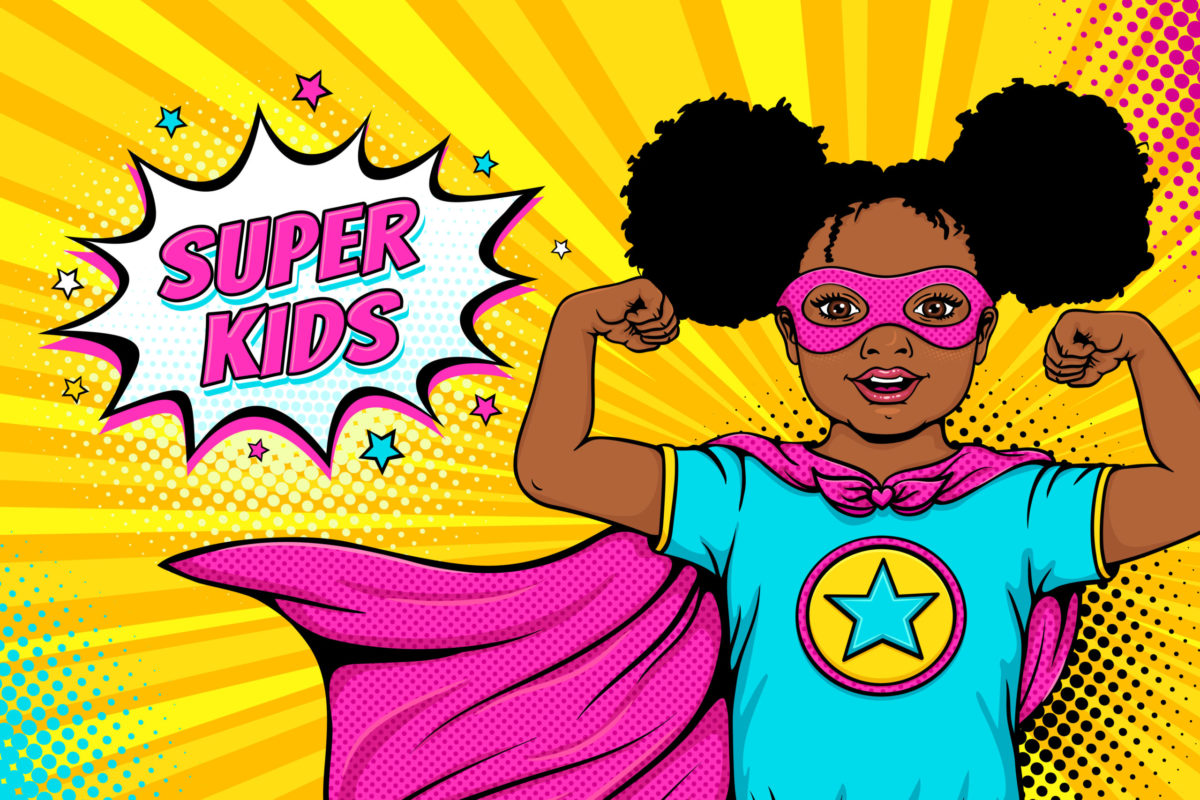
Online harassment, or cyberbullying, can happen to anyone, 24 hours a day, 7 days a week. Cyberbullying can take many forms, from hurtful and inappropriate messages or pictures on social media or other online platforms to rumours, intimidation, impersonation, or even exclusion on group messaging apps. With the “100% plugged in” lives of today’s tweens and teens, it is inescapable.
There have been many studies on teen cyberbullying, but experts are starting to recognise the rise in cyberbullying amongst tweens, and the devastating consequences this has on young lives if left unchecked.

Results of Cyberbullying Research Center survey in the US of 1,034 children aged 9 to 12 years, conducted online from June 19 through July 6, 2020
Reasons For Cyber Bullying
But with just a few simple steps, we can teach and empower our kids to play an important role in protecting each other, by choosing to be an upstander rather than a bystander.
Every child, and in fact every adult, has been a bystander at some time. A bystander is someone who witnesses mean or nasty behaviour and doesn’t get involved. Of course, being a bystander is easy if you aren’t the perpetrator and are not the one being outwardly harmed or the target of the attack. But did you know that there is something called the ‘bystander effect’? It means that often the more people who see something happen, the less likely each individual is to do something about it. This happens online too, strange but true!
Bystanders can take on various roles in the act of bullying:
- Henchmen, who take an active part but do not plan or start the bullying;
- Active supporters, who cheer on the bully and seek social or material gain;
- Passive supporters, who enjoy the bullying but do not show open support;
- Disengaged onlookers, who observe but act as if it’s none of their business and may even turn away;
- Potential witnesses, who oppose the bullying and know they ought to help yet do not act.
Even though bystanders are not the aggressor, their actions and lack of actions have devastating effects on the target of the bully. The child being harmed feels alone and feels like those not aiding him or her don’t care.
Witnessing bullying, whether in person or online, is upsetting and affects the bystander too. Statistics show that even though most bystanders don’t like to watch bullying, less than 20% try to stop it because they don’t know what to do or there is fear around taking action. Yet, bullying stops in less than 10 seconds, 57% of the time when someone intervenes on behalf of the victim.
An upstander can make all the difference in stopping bullying and cyberbullying quickly. What a great opportunity, then, for us as parents, to prepare our kids and train them up to be Cyber Superheroes, making a difference to their online world while building valuable life skills that will give them a great head start.
Learning to express kindness, and how to respond to negativity and harassment, is essential for building healthy relationships and reducing feelings of isolation that sometimes lead to more bullying, depression, academic struggles, and other problems. It takes courage to be an upstander. Upstanders build empathy by seeing the pain the target experiences and are action-orientated, saying something or taking action to stop the mean behaviour. They develop the gift of compassion. Upstanders are leaders in their social group, helping others to recognize ways to get along and be supportive to others. They learn to be assertive, as it requires speaking up.
Stompoutbullying.com offers these suggestions to bridge behaviour towards becoming an upstander:
- Don’t laugh;
- Don’t encourage the bully in any way;
- Don’t participate;
- Stay at a safe distance and help the target get away;
- Don’t become an “audience” for the bully;
- Reach out in friendship;
- Help the victim in any way you can;
- Support the victim in private;
- If you notice someone being isolated from others, invite them to join you;
- Include the victim in some of your activities;
- Tell an adult.
As parents, we can model and speak to our children about upstander behaviour in our everyday lives. Upstanders are all around us and can be disguised as guardian angels, heroes, good Samaritans, or role models. Upstanders choose to act, even when it is not convenient, easy, or even safe. Talk to your children about what it means to be an upstander. Ask them if they have witnessed bullying and what they did at the time. Brainstorm ideas about how they might engage the next time they see someone in need of an upstander.
What we call an upstander in the formative years of a child’s life, is an integral aspect of what we call leadership in adult life. Giving your child the gift of the awareness of what an upstander is, means they can begin practising their courage as a leader in their formative years, getting into the habit of leading by standing up for what is right.
When we all feel empowered to take action, even a small one, we slowly build a world of upstanders. It takes incredible strength and courage. Most of all, it is a sign of greatness.
Be In Touch is a passionate team of family digital wellness activists, working with schools, parents, learners, NGOs, corporates and the government. Collecting real data on what kids are doing and experiencing online (including online exposure to cyberbullying, stranger contact, pornography, violence, self-harm, drugs & alcohol), they use this to pinpoint practical and implementable solutions. Their aim is to simplify the complicated world of family digital wellness and online safety, with practical resources, products and solutions that parents and children really need! Sign up for their newsletter and follow them on Facebook and Instagram for great tips that will help your whole family!



